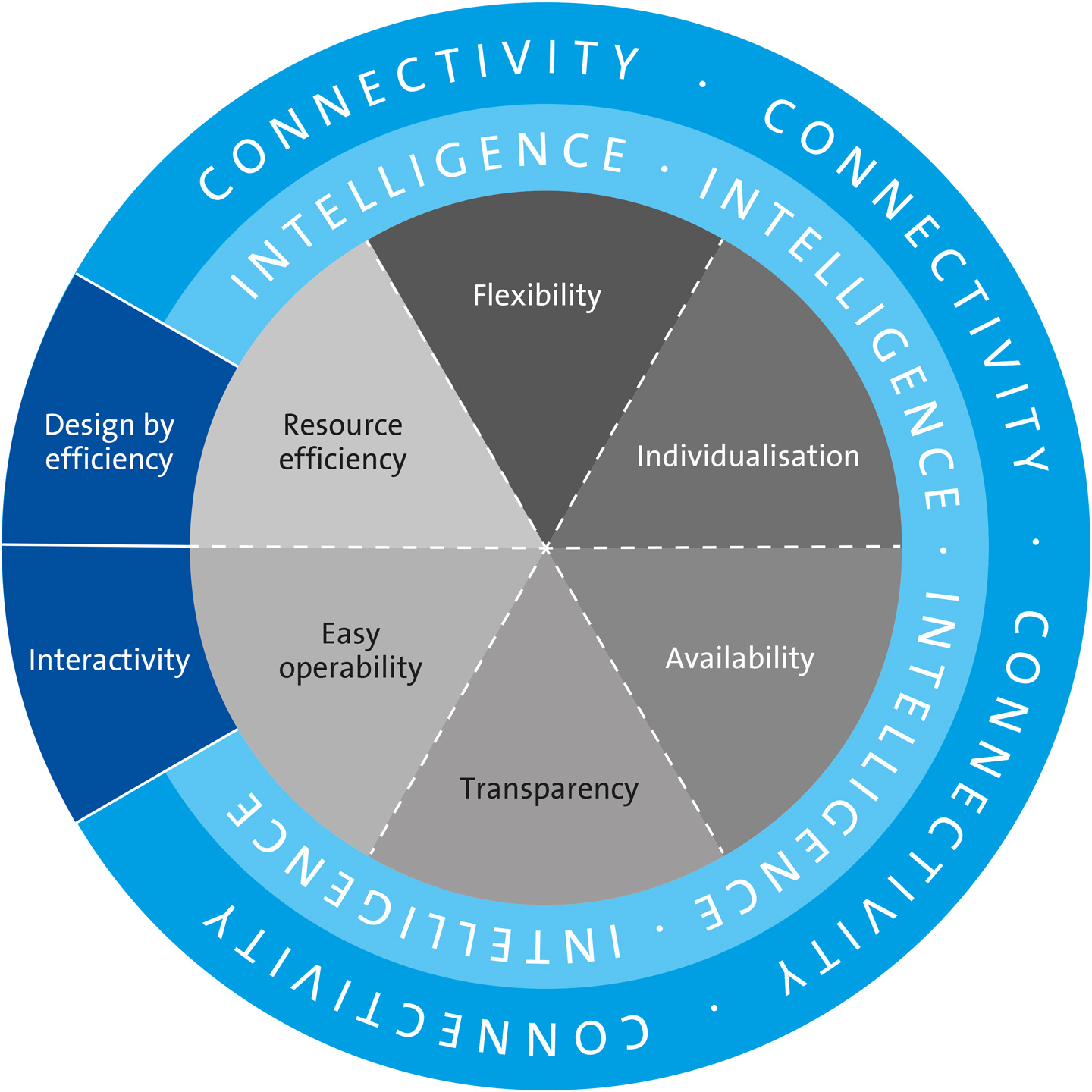Our brainware
Mechanical engineering has always been characterised by a high degree of orientation to the customer, converting the needs of its customers into real technical solutions. With Industry 4.0, possibilities and new facets offering new opportunities arise from outside the known-world of mechanical engineering.
Anyone who cooperates with partners faster and more effectively and integrates these partners into their ongoing processes will always win in competition with others. Cooperative competence generates a level of expertise that has answers to end users' trends and the requirements that will be placed on the next generation of machines.
It creates technical solutions and innovations that bring decisive benefits:
- What benefits are most important for you?
- What technical measures have already been taken?
- Where do your greatest challenges lie?
We look forward to talking to you about possible joint projects and perspectives for the future.
Satisfied customers speak for themselves
Let yourself be inspired: read a selection of success stories and see what makes a partnership with Lenze so attractive.
Helpful information about Industrie 4.0 and digitalisation
Industry 4.0, the industrial internet of things (IIoT), big data - the digital transformation is already in full swing and, in many places, the innovations started a long time ago. The fundamental transformation of our entire industry is happening right now, so there is no time to lose!

